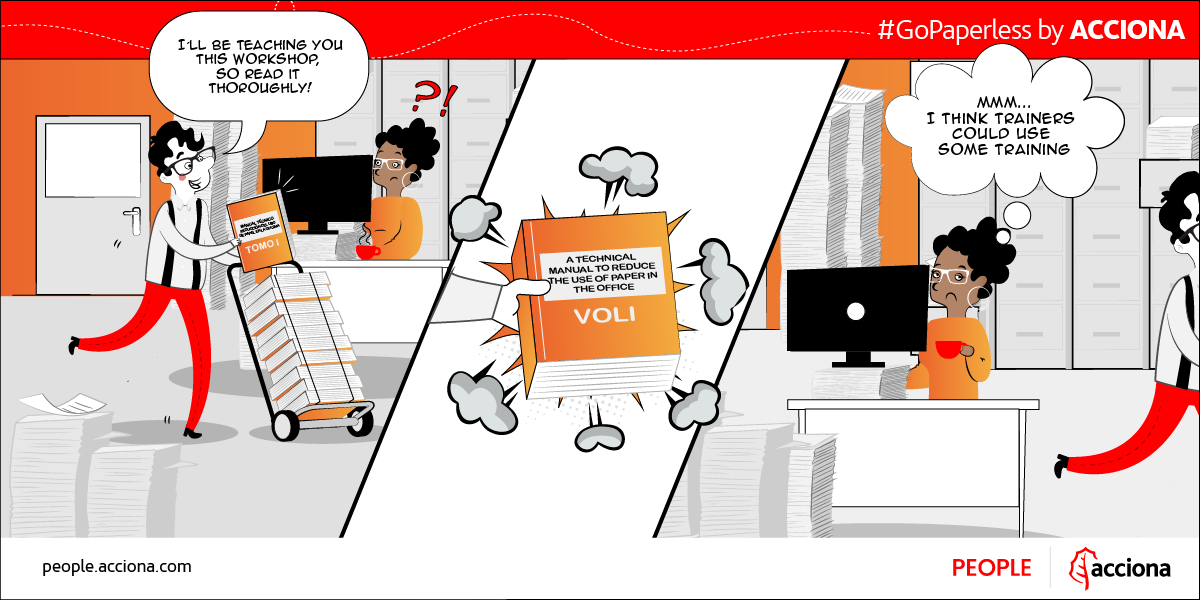Against deforestation, usefulness
Why do we use (so much) paper in companies? We print, (and we must remember again that the printing press is in the Olympus of inventions) contracts, emails, agreements, presentations, reports. Is it necessary? Is it useful? Some studies reveal that a worker makes an average of 61 trips to the printer per week, and that the average time to find a pre-printed document is 18 minutes. Paper obviously has many advantages and that’s why it’s still alive and well, but it also generates many problems and costs.

